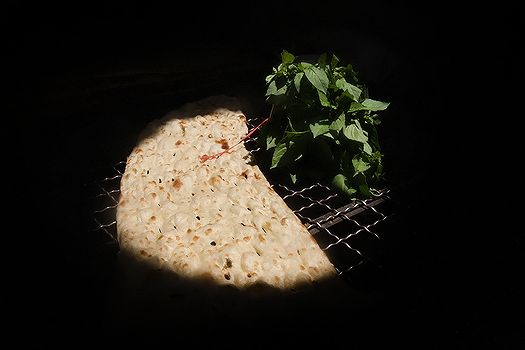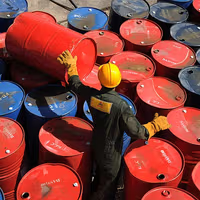According to the report, food prices in September rose by nearly two-thirds compared to the same month last year, with the cost of grains, bread and fruits nearly doubling.
For millions of low-income Iranians—estimated to make up over half the population and whose living conditions have consistently worsened each year—this surge in inflation is nothing short of catastrophic.
It remains unclear why food inflation has reached 64 percent while the overall inflation rate stands at 48 percent, but severe drought, water shortages and the government’s failure to allocate sufficient foreign currency for food imports appear to be the main drivers.
The Parliament Research Center estimated that agricultural output had shrunk by over 7 percent during the summer of 2025.
Sweeping sanctions along with years of corruption, opaque budgeting and mismanagement of already strained resources have deepened the crisis.
‘Nutrition crisis’
As the national currency collapses and inflation spirals, Iranian households’ dining tables are shrinking every year, and the country’s food security is facing an increasingly dire crisis.
According to data from the Food and Agriculture Organization (FAO), per capita meat consumption in Iran has dropped by 40 percent and dairy consumption by 30 percent over the past decade.
A field study conducted by a group of trained volunteer social workers—published two months ago by the reformist daily Shargh—paints an alarming picture of the nation’s nutrition.
It found that only 2 percent of Iranian children consume dairy daily, while 50 percent receive none at all.
The same survey, conducted across 14 provinces, showed that just 1.7 percent of households consume protein daily, while 26.9 percent do not consume any protein products whatsoever.
School dropouts
The crisis extends beyond food shortages and soaring prices.
The ISC reports that education costs jumped by nearly 23 percent in September—a major blow to families just as the new school year began, further aggravating dropout rates already at alarming levels.
Last September, the parliament’s Education Committee revealed that about two million students had not enrolled for the 2024 academic year, largely due to worsening economic hardship that prevented families from completing registration.
Education in Iran is free in theory, but private schools have mushroomed over the past decade, while public schools routinely charge families under various labels such as “donations” or “maintenance fees.”
Fear of unrest
This wave of inflation and skyrocketing prices comes as United Nations sanctions— reimposed at the request of the three European signatories to the 2015 nuclear deal (Britain, France, and Germany)—have further destabilized Iran’s economy.
Western countries, alongside the United States, accuse Iran of refusing to cooperate with the International Atomic Energy Agency (IAEA) and of concealing elements of its nuclear activities.
The IAEA’s reports have repeatedly confirmed Iran’s lack of transparency and urged Tehran to answer its questions and allow broader access to nuclear facilities.
With the return of international sanctions, inflation in Iran is expected to worsen, especially when the long-anticipated fuel price hike takes effect.
Based on President Masoud Pezeshkian’s recent remarks, it seems only a matter of time—a decision delayed mainly out of fear of renewed public unrest.

















